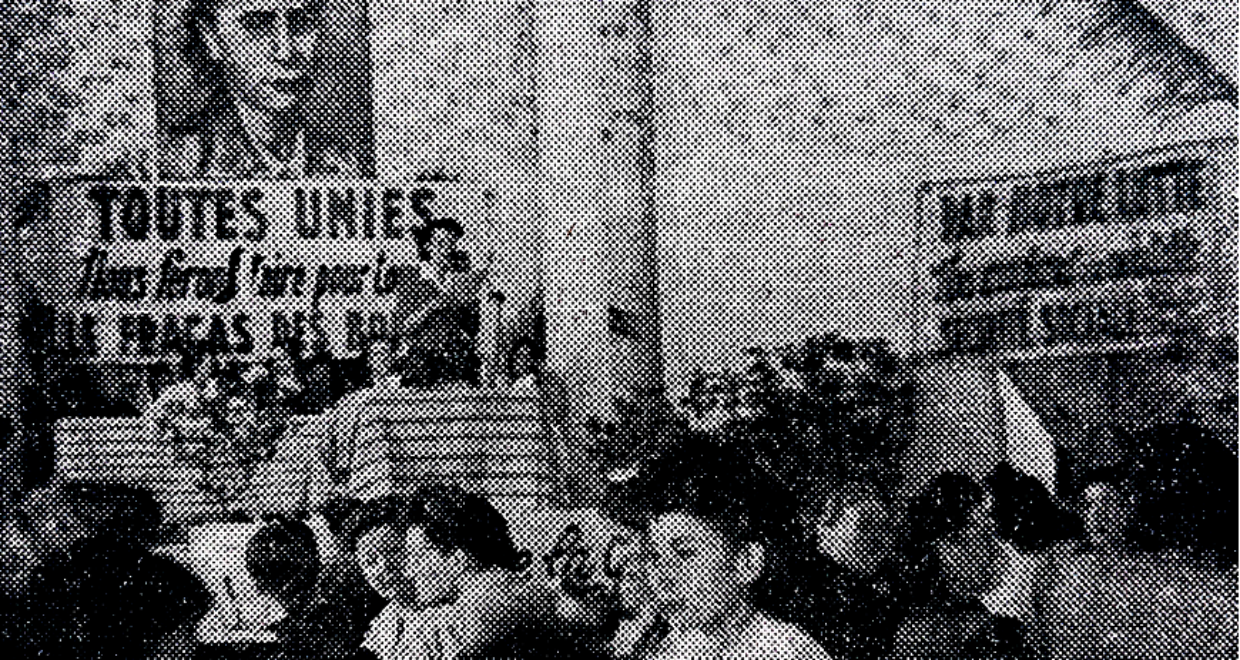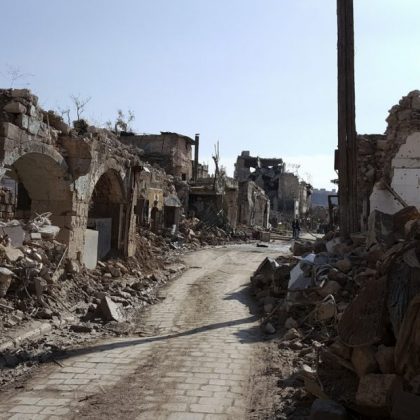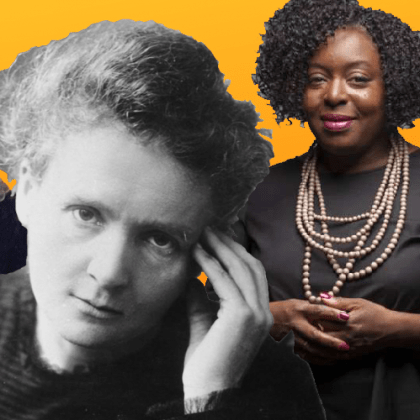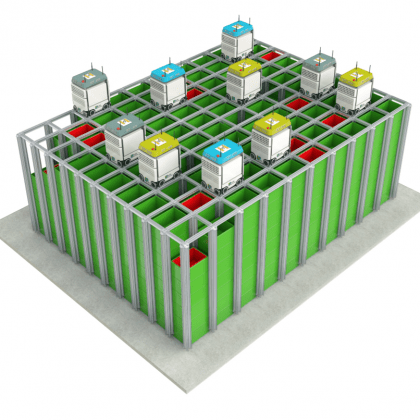“Nous les mamans“: ‘European’ Communism, Cross-Cultural Encounters, and Women’s Anticolonial Resistance in French North Africa
Mention the words “women” and “Algeria” and the remarkableness of their role in armed resistance during the War of Independence (1954-1962) will often come to mind. Accounts of women planting bombs and images of women bearing arms have helped cement their presence in the national narrative of Algerian resistance.
But in concentrating on wartime developments, these popular narratives have detached Algerian women from their political resistance – and the forms this took – in the years preceding the War of Independence. Illuminating this tendency is not to disregard the importance of the thousands of urban and rural Algerian women who participated in the armed struggle for independence. There is, however, an important story to be told about women’s mobilisation between two of the most significant geopolitical ruptures in the twentieth-century Francophone world: the end of the Second World War and the start of the Algerian War of Independence. In this era of uncertainty and possibility, a small yet significant number of Algerian women fashioned for themselves an unexpected vehicle for rising anticolonial sentiment: the communist movement.
An offshoot of the Algerian Communist Party, the Union des femmes d’Algérie (Union of Algerian Women, or UFA) was established in the aftermath of North Africa’s liberation from the Nazi-collaborationist Vichy regime in 1944. But the UFA was not founded by Algerian women. Rather, the UFA was the product of white, European communist women who had settled in Algeria as petit colons (‘little colonists’), organising in ‘household committees’ to defend the liberation of North Africa and campaign against rising living costs. In the same year, in the neighbouring French Protectorates of Morocco and Tunisia, the communist-aligned and European-headed Union des femmes du Maroc (UFM) and Union des femmes de Tunisie (UFT) were also established.
Yet none of these organisations were to remain demographically dominated by the white European women engaged in early party organising. From 1946 onwards, a shift in policy directed by the Algerian Communist Party emboldened a deliberate strategy of mobilising Muslim Algerian women into the UFA’s ranks. Their targeted recruitment methods proved fruitful. By the UFA’s third conference in 1949, Algerian women outnumbered European women in the party membership, and 400 of the 650 women members in attendance were Algerian. In the same year, Baya Allaouchiche was elected the UFA’s Secretary General and subsequently joined the Algerian Communist Party’s now almost entirely Algerian Central Committee.
As the demographics of these organisations shifted, so too did their politics. By 1947, the Algerian, Moroccan, and Tunisian Communist Parties had become truly ‘multi-ethnic’ parties. Larbi Bouhali served as General Secretary of the PCA until 1949, while Ali Djerad (to be replaced by Mohamed Ennafaa in 1948) and Ali Yata served in the equivalent roles in the PCT and PCM respectively. An increasing number of Algerians, Moroccans, and Tunisians assumed positions in the respective Partis’ Central Committees and Political Bureaus, maintaining a distinctly Soviet-European form oforganisational structure throughout this process of so-called Arabisation. By the late 1940s, the focus of the North African communists was impregnated with nationalist aspirations vying to be reconciled with the internationalist purpose of the broader communist movement. The PCA, PCT, and PCM – and, by association, the UFA, UFT, and UFM – all became collaborators in their nations’ respective independence movements.
So how exactly did the communist movement recruit Muslim Algerian, Tunisian, and Moroccan women into its ranks?
The UFA, UFM, and UFT adopted noticeably similar rhetorical framings and mobilisation tactics. Many of these strategies were, in turn, adopted from their metropolitan equivalent, the Union of French Women. Their work took the form of socio-civic action; their efforts directed at sections of the population deemed most in need, focussing particularly on children and the poor through the establishment of nurseries and community soup kitchens. Placing European activists in direct contact with North African women, everyday spaces (the marketplace, the school, the hospital, the community club) became sites of on-the-ground cross-cultural encounters. The ultimate aim of this strategy was for these sites of encounter to become sites of mobilisation.
In the more traditional political arena of meetings and gatherings, the utilisation of rhetorical framings packaged politics in a language of motherhood and wifehood. The content of propaganda and speeches by communist women activists spoke to matters that affected women within the societal construct with which they were most often associated – the family. It was issues such as whether or not their husbands were well paid, whether they could find employment in the first instance, and whether their husbands’ wages could provide for their families, that the UFA believed concerned these women. Interspersed within this were some of the pillars of communist rhetoric in this period: anti-capitalism, anti-imperialism, and labour unionism.
There is no denying that communist women across North Africa were organised in conditions of asymmetrical power; the recruitment methods deployed often essentialising. Likewise, the colonial encounter with France ignited uncomfortable debates over women’s rights, clothing, and their roles in and beyond the family. For the North African and European women of the communist movement, everyday encounters became sites of contention, exploration, resistance, and receptivity – sites in which the binaries between ‘coloniser’ and ‘colonised’, ‘tradition’ and ‘modernity’ were continuously interpreted, reinterpreted, and stretched. Necessarily, they encouraged a plurality of communist activity, appropriating and reappropriating an implanted politics to suit local conditions.
For all its paradoxes, communism, with its longstanding tradition of rejecting nationalism and the nation state as instruments of power for the bourgeoisie, had become a vehicle of anticolonial resistance and an adherent to the cause of national independence across North Africa. For the women engaged in these organisations, the communist experience offered them an opportunity to became stakeholders in their own lives – politicised and mobilised.







